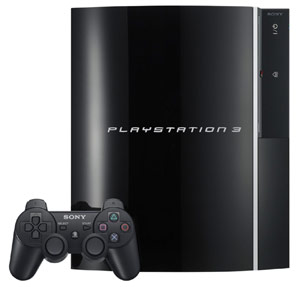When it comes ports, connectivity and video output there was very little space for manoeuvre, and the PS4 is equipped as expected. A HDMI output, built-in Wi-Fi and an Ethernet port are all most people need, there’s also an S/PDIF output for older surround sound hardware. Bluetooth remains of course – and continues to be used for all controllers.
Gaikai’s tech also allows you to do more traditional streaming from Sony’s servers. As expected, you’ll be able to play demos from the PlayStation Store without having to download them first. Beyond this, the store will have a TiVo-style style system that will automatically download demos and games in the background based on your gaming preferences (such as trophies won in other titles).
The specification of the PS4 includes a 500GB traditional hard disk. We’d have loved to have a super-fast SSD drive in our PS4, but that was unrealistic at launch. Thankfully, Sony continue to provide the option to swap drives as you wish, with compatibility for standard 2.5in models, so we should be able to add our own SSD in the future.
Our only concern is that the design is fairly slender, with air vents on the rear, which suggests the use of either small fans at the rear or a central fan that pushes air out sideways. In our experience this could make the device louder and whinier than the Xbox One, which has a single, massive, top-mounted fan to help the hot air go where it wants to go anyway – up. Our worries are further conmpounded by the PS4’s more powerful GPU and the extra heat it will generate.
This fast and unified memory system is seen by Sony as its main advantage against the Xbox One, and looked at historical precedents, the console with the most simple and streamlined architecture has usually gained the upper hand. Sony’s lead system architect is certainly in a bullish mode though, describing the system as ‘Supercharged’ here: PS4 lead architect describes its «supercharged PC» design
A price cut is no bad thing though, especially given that many will be looking at the device as a companion device for their PS4, rather than a standalone console. The PS Vita will be capable of playing PS4 games by streaming them over your home Wi-Fi network, or even remotely if your Wi-Fi connection is responsive enough. This means you can play PS4 games while others watch the TV, or even while lying in the garden (come summer of course).
